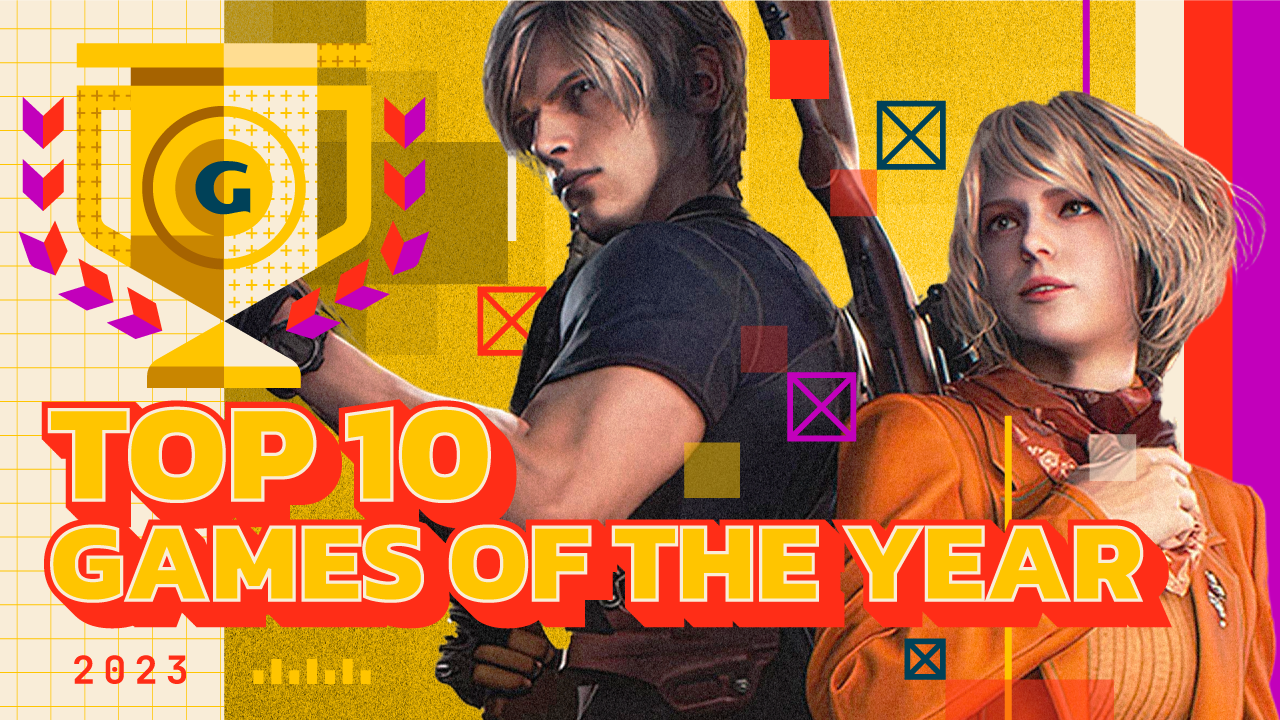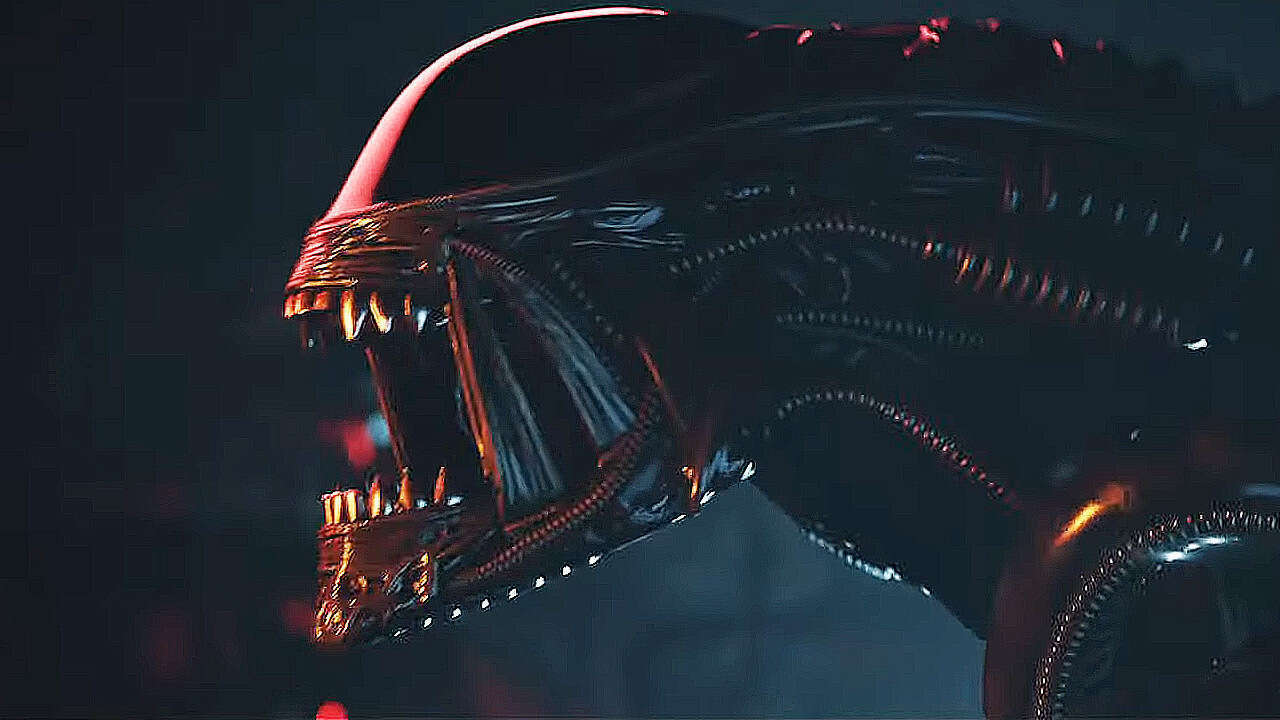Honkai: Star Rail Review – IGN
Honkai: Star Rail starts with a bang, serenading you with a symphony and blowing up a space station. You quickly ground yourself in a world with code-locked chrome doors, mech-like invaders with bladed arms, and rooms with monitors spread across the walls. Its hook of a prologue gives just enough that you can see why the story and gameplay are worth sticking around for without grinding. Charming characters, engaging combat, and carefully crafted worlds blend together into a game with enough content to keep you entertained for well over 50 hours, using polished versions of the progression systems from Honkai Impact 3rd and Genshin Impact to create HoYoverse’s best RPG yet.
HoYo has a reputation for crafting gacha games with a strong emphasis on story, and Honkai: Star Rail lives up to it. You play as the Trailblazer, an amnesiac protagonist who travels planet to planet on a train-like spaceship-like train called the Astral Express. It becomes a story surrounding the train’s crew, their backstories, and the different planets they visit. The story has its own twists and turns with some questionable pacing, but eventually it leads to an entertaining outcome that kept me wanting more.
Major story arcs dip into the city of Belobog’s political conflict and its poverty-stricken Underworld. It also balances darker themes like loss with lighthearted jokes, some of which reference pop culture or RPG cliches. Weaving these threads together puts the spotlight on other characters and makes the overall story more cohesive as a whole. These arcs kept me up at night, grinding through levels just so I could get to the next quest.
Of course, the story is far from finished. HoYo still plans to add more in future updates like it has and still does with Genshin Impact, but Honkai: Star Rail already succeeds at slowly revealing small details about each character and creating situations that bring out the different facets of their personalities. It welcomes you with an intriguing mystery at the very beginning, and that sense of intrigue continues far into the campaign.
“
You can’t play certain story quests or unlock certain abilities until you reach a high enough level, so you need to grind through battles and missions for experience. However, I appreciated that level-locked content as an excuse to explore the world outside of the major story quests and build characters before fighting higher-level enemies.
Honkai: Star Rail has three major worlds so far, each of which has a wealth of details hidden in every nook and cranny. You trigger many interactions and learn new information from just investigating random objects and talking to your travel buddies and NPCs. Just interacting with every trash can in the city of Belobog can raise a reaction from your confused companions. Even Pom-Pom, the Astral Express conductor, seems like he has something new to tell you whenever you visit the Express. On top of that, each Light Cone (weapon-like cards that you attach to your characters to raise their stats and grant them special abilities) has a snippet of lore attached to it, sometimes related to memories of playable characters. There are also tons of in-game books and documents that I might never read, but are there in case anyone wants to take an even deeper dive into the lore.
That’d all be for naught without the rewarding progression, though. Honkai: Star Rail leads you step by step through the layers of increasingly complicated systems as you level up, which helps prevent beginners from being overwhelmed with too much information at once. There are separate leveling systems for your account, characters, abilities, world (difficulty level), and two types of equipment – not to mention the various drops you use to level everything up. All these leveling items come from different places, so it can be a lot to remember at the beginning when you’re just learning how to play.
“
At first, only golden Calyxes (challenges you complete for resources) offer materials for leveling up characters and equipment. However, the list of materials you need to improve characters expands as their levels climb. At level 20, your character only needs ascension books (the standard XP-raising materials) to ascend to the next level; at level 40, they need specific materials related to their elemental type or role. These materials come from crimson Calyxes and Stagnant Shadows, two other types of challenges, unlock after you hit a high enough level.
You then need to decide how to spend your Trailblaze Power, the main consumable resource you need to claim rewards from these challenges. Do you want to level up your characters’ abilities first? Or do you want to level up their Light Cone? At some point, it’s impossible to do all of them in one day without replenishing your Trailblaze Power with consumable items. Those come at a pace that feels fast enough when playing for free, but this is where HoYo encourages impatient people with cash on hand to pay to speed up their progress.
Honkai: Star Rail features a turn-based combat system that gives you plenty to consider in terms of strategy, making it all the more satisfying when you pull off a victory. Thanks to the fact that each character is a combination of two types – a class (called a path) like damage dealer or support, and an elemental affinity similar to Pokémon – there’s enough variety that I never got tired of experimenting with team composition. Some teams may have an ace defender instead of a healer, or someone that debuffs enemies instead of buffing their own team members. For instance, if I buff my strongest character with a support ability, they can one-hit KO enemies and gain another turn; I also gave my favorite shielder equipment that raises their defense stat and gives them a higher chance of burning enemies. You also have a chance to switch teammates around depending on the weaknesses of the upcoming enemies, so planning ahead can be just as important as what you do when the fight begins.
Unfortunately, Honkai: Star Rail keeps the infuriating artifact system from Genshin Impact in the form of its Relics, which are gear that you equip on characters to boost their stats. There are too many layers that rely on chance, though, because which stat increases when you level up is randomized. Even if you have a Relic with at least three desirable substats, it’s still possible that the system will funnel every boost into the worst one. For example, one Relic could have critical damage, critical rate, attack, and a flat defense (not defense percentage, which is different) as its four substats. It seems like an ideal Relic for a damage-dealing character because of the critical and attack stats, but could become completely useless if your luck decides to level up flat defense every time.
“
To its credit, HoYoverse has implemented a custom Relic system that allows you to craft your own Relics with enough of the related consumable item. That said, you still have to waste time stressing over Relics until you’ve played for hours and found enough junk to exchange for an ideal piece of gear. Of course, you should still be able to triumph in battle without the best Relics, even if it’ll be more difficult. Honkai: Star Rail rewards those who put in the effort but goes easy on those who don’t want to.
That said, this isn’t the kind of game for someone who just wants to run on cruise control. You have to be willing to put in the effort to learn the different systems, enough to build a strategy and manage your resources as efficiently as you can while enjoying the story and characters. Beginners might get away with throwing on whatever gear they find without leveling them up or considering the stats, but it becomes more difficult after a certain point without proper investment. If you’re not paying attention battles can drag on for many reasons, including poor team synergy, underleveled characters and equipment, or type disadvantages.
I have many memories of grueling boss battles, including one where I needed to constantly shield and heal to survive because I was underleveled but impatient. Eventually, my team failed: my main damage-dealer barely dented the armor bar, even though they had a type advantage, and my healer wasn’t enough to keep the team afloat against the boss’ multi-target charge attack.
Even when you lose in Honkai: Star Rail, it feels like it genuinely encourages you to do better without punishing you. It gave me helpful tips that pushed me to reconsider the abilities I was using, like if I had enough attack on my main character and where I could get more resources to level up my gear. And of course, I had to stop to level up my Light Cones so I wasn’t quite so outmatched before I went up against that boss again. The fact that Honkai: Star Rail even suggests courses of action and how to look at your stats is a smart addition that will help less experienced players learn the ropes.
“
That’s just some of the tons of text you’ll have to read in Honkai: Star Rail. Some scenarios are voice-acted, which added to the drama and my investment. Long explanations from NPCs can feel entertaining thanks to lively voice performances, but in many cases you should prepare for lots of text. The wordy dialogues make sense in the main missions because the little details add up to give you a bigger picture of what’s happening in the plot. The best missions involve characters I felt attached to, and even the ones without flashy cutscenes made my heart race.
Many missions outside of the main story also flesh out the worlds that you visit with entertaining and sometimes heartbreaking scenarios. You do get to make some decisions that have enough weight to potentially ruin some NPCs’ lives, but they don’t drastically change the outcome of the plot. That’s understandable considering this is an ongoing story and the developers can only create so many branching paths. Should you send a known scammer to jail, even if he makes people happy with his lies? Should you pull the plug on a well-meaning robot to stop a possible rampage, even if it would essentially remove their emotional intelligence and individuality? You can bully your clumsy crewmate or wag your finger at a mean old man. It’s your choice, and it kept me invested in the characters’ reactions to me and the outcome of my decisions.
However, some side quests have a lot of information without as much investment. It starts to feel like a chore rather than an accomplishment to wrap up lingering side quests. Perhaps if there were more hidden character lore in them like in the character-focused Companion Missions, they would be more enticing than just gaining points at the end.
It’s so much more than that, anyway. I can go on about all the little quality-of-life details that Honkai: Star Rail includes that veterans of other HoYo games will appreciate, like how its descriptions highlight in-game jargon like “Break Effect” that might need explaining, and offer a definition when you click on it. It also has a Recommended Gear button that you can use to automatically choose Relics for each character if you don’t want to spend time crunching numbers. And each enemy has icons indicating their weaknesses before you even approach them, in case you forget. They even have at least two weaknesses so that you don’t feel like you’re disadvantaged because of just one missing element, which makes it much more forgiving if you haven’t covered every single element in your party.
Check out our Latest News and Follow us at Facebook
Original Source







